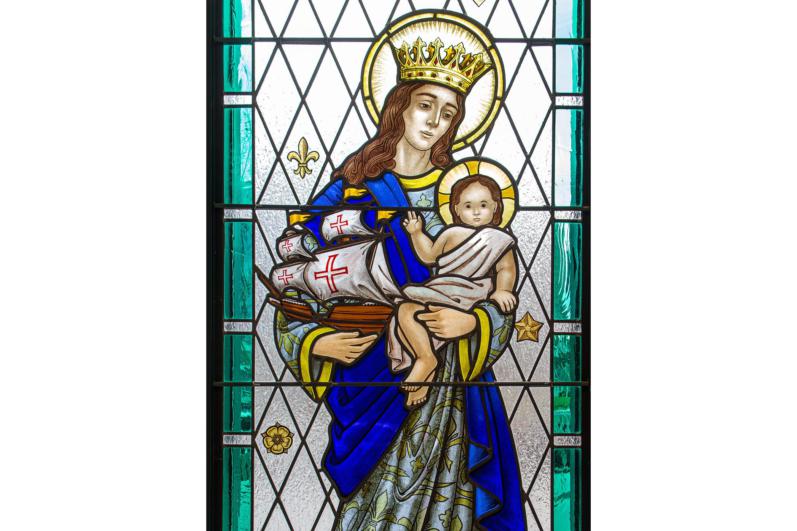Seaport Shrine offers prayers for missing submersible passengers
BOSTON -- "Bring them safely home." That is the prayer that generations of sailors' families and friends have offered from the Shrine of Our Lady of Good Voyage.
On June 19 and 20, the shrine community offered that petition again, this time for the five passengers of a submersible vessel that lost communication and went missing in the North Atlantic a few days earlier.
The submersible vessel, named the Titan, was attempting to make an expedition to the wreck of the Titanic, diving approximately 900 miles east of Cape Cod and 400 miles south of St. John's, Newfoundland. Communication with the submersible, which relied on a surface ship for direction, was lost about one hour and 45 minutes into the dive, at a depth of about 13,000 feet, or 2.4 miles, according to the Coast Guard. The American and Canadian military have been racing to find the vessel, which was said to have enough air supply to last the passengers until June 22 if they were still alive.
Susan Abbott and Kathy Stebbins, the co-directors of the Seaport Shrine, felt that praying for the passengers and the international rescue effort was in line with the shrine's mission.
"This is why we're here. We pray for safety on the water," Abbott said on June 20.
They did not have a prayer intention planned for the daily Mass on June 19, so they offered it for the submersible search.
They also placed a sign in the narthex and posted a message on their Facebook page saying, "The Our Lady of Good Voyage Shrine community is praying for the recovery of the missing sub and the safe return of its passengers. Our Lady of Good Voyage, bring them safely home." Abbott said that a number of visitors commented on the sign and thanked them for doing that.
The shrine, originally a workers' chapel, was established by Cardinal Richard Cushing over 70 years ago as a place for sailors, fishermen, and longshoremen, as well as their families, friends, and community, to pray for safety at sea.
"We've inherited that mission. How could we not do something?" Abbott said.
Unlike a submarine, which has enough power to leave and return to port on its own, a submersible has more limited power and range, and relies on a mother ship for support and communications.
The five people on the Titan were Stockton Rush, founder of OceanGate Inc., the company that made the vessel; billionaire adventurer Hamish Harding; Shahzada and Suleman Dawood, a father and son from one of Pakistan's most prominent families; and Paul-Henry Nargeolet, a former French navy officer.
As of press time, the fate of those on the submersible was unknown.



















